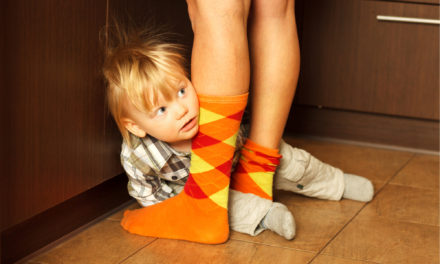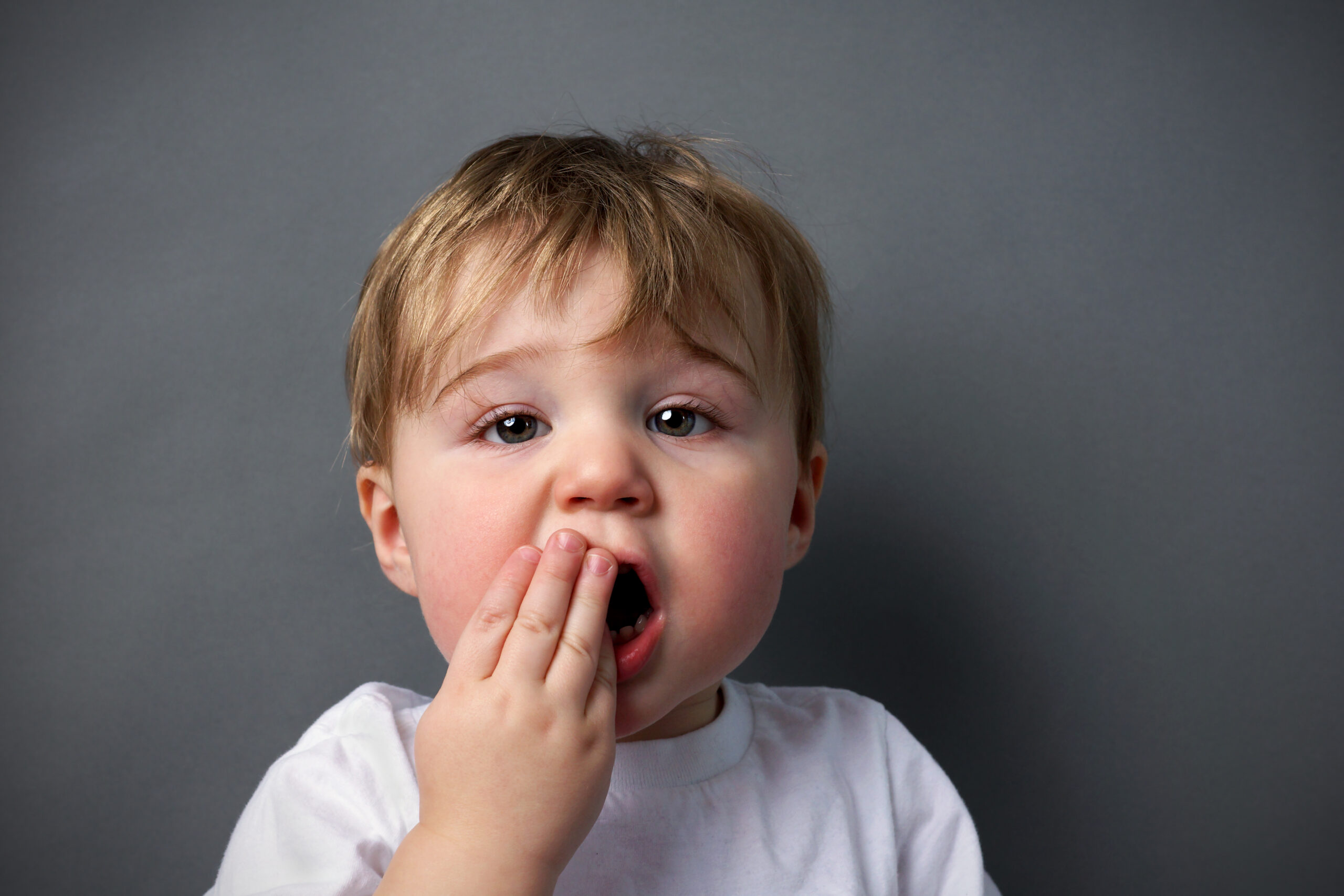Every parent has thought at some point that a weird baby movement was a seizure. So I’m here to tell you about my favorite baby seizure fake-outs.
Movements during Sleep
All babies have some abnormal movements during sleep. Babies don’t have muscle paralysis during REM sleep the way that adults do. So they can move a lot, and grunt, smile or kick, and still be in a deep sleep state. But another very common phenomenon called “benign sleep myoclonus,” can look quite a lot like a seizure because it appears to be a rhythmic twitching of both arms or both legs. A baby with myoclonus will jerk their limbs and it can be quite violent. The telltale clue that these movements are not a seizure is that the movements only occur when the baby is asleep and they instantly stop when the baby is woken up. Babies have immature nervous systems. Doctors don’t know exactly what causes this totally harmless condition. But we do know that these movements occur because baby’s nerves do not conduct information to the muscles very efficiently. The nerves in their body won’t conduct information to the muscles very well until they are coated with Myelin, a mixture of proteins that surround nerve fibers and is electrically insulating (dielectric, for you scientist parents) like the plastic sheath on an electric cord. Until the nerves are coated with myelin, the muscles sometimes take over and move without conscious control.
<< Scroll for More >>

Listen to the Podcast Episode
Jitteriness
Same thing here, the immature nervous system is to blame. Often an awake baby will start jittering after they are startled by a loud noise or bumped. This sets off a reflex loop that causes the muscles to twitch and the baby’s limb to jitter. If you hold the baby’s jittering limb gently, the movement will cease. A true seizure will not stop; the muscles will continue to jerk even as you are holding them firmly.
Head-Shaking
Head shaking has to be one of the most common fake-outs among older babies, occurring sometime around 6-9 months. One mom told me: “He’ll be sitting in his high chair, and all of a sudden, he’ll start shaking his head back and forth. It only lasts for a little while, but I’m worried about brain damage.”
The truth is, he’s actually just “playing” with his head. Sometime around 7 months, kids discover how much fun it is to shake their heads back and forth, rubbing it against the back of the chair, and they are just testing the newfound behavior.
Similarly, I’ve had mothers of babies the same age tell me that they’d taught their head-shaking baby to say “no,” or that the baby was suddenly becoming very negative, refusing food by shaking his head. Actually, babies that age have no idea what “no” is. They’ll learn soon enough, you can be sure, but at six-to-nine months, all they’re doing is a little recreational head shaking.
Again, myelination, the process by which myelin proteins are made and spiral around the nerves, is to blame. Nerves controlling the body are covered with myelin progressively beginning first centrally (the upper chest and abdomen) and only then begin to extend outward to the arms and legs. So, when babies are born, their little arms, legs and head flail around randomly. But after a few months the head and neck muscles are wired in so the baby can lift her head and look around. Once they are able to sit and hold their head up, they will finally discover that they have control of their head and can move it around back and forth. Soon enough they will discover that shaking their head feels funny and is a pretty neat thing to do.
Repetitive Face and Tongue Movements
You may see babies do all kinds of strange things simply because they just discovered something new and fun they can do with their body. It’s also fun to make their parents react to them. If you really want to drive yourself crazy, over-react to one of their strange behaviors and they will do it even more!
I see children in the Emergency Department for this kind of thing all the time. I recently saw a child whose parents were convinced their baby had a brain tumor because she started sticking her tongue out frequently and always to the right side. Another baby kept looking up and wrinkling his forehead. Could it be a seizure, a headache, vision problem? Nope. I observed the new activity as well as the parents’ reaction. Yup, the baby just found something new they could do and were practicing. And it is even more fun for a baby when they get extra attention from you.
Teeth-Grinding
Another behavior that drives parents nuts—and it did me, too, with my son—is teeth grinding. Once babies begin teething, especially when they have both top and bottom teeth, they love to grind them together. It’s annoying to parents, but it is another harmless-but-weird behavior.
It could be worse…..
A colleague of mine encountered a baby who, to her mom’s utter dismay, was having strange “spells.” The baby would gasp, hold her breath and usually cross her legs. The frightened mom had taken her daughter to multiple specialists. As it turned out, the little girl was exhibiting what pediatricians politely term “infantile gratification syndrome,” in other words, masturbating. Once my colleague diagnosed the “problem,” the mom mentioned it to her own mother, only to find out the mom had exhibited the same “shuddering spells” as a baby. Hear the full story on Episode 4 of my podcast The Pediatrician Next Door.
When should you worry? A key sign of a true seizure is abnormal eye movements along with the body movements. If you see those, take your child immediately to a doctor.
Want to learn more? Find out What it Means When a Kid Pulls on Their Ears or What to do if You Think Your Child Has a Tic.





